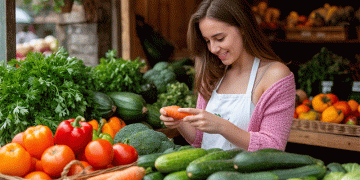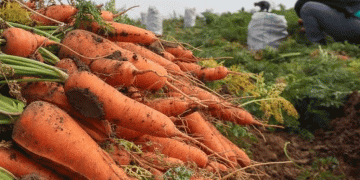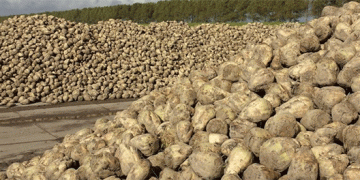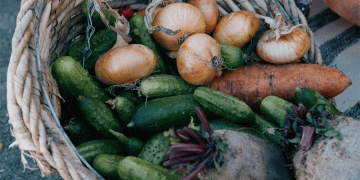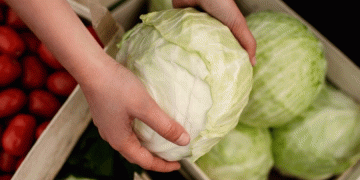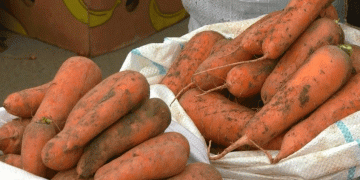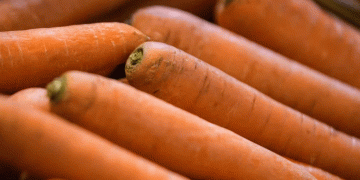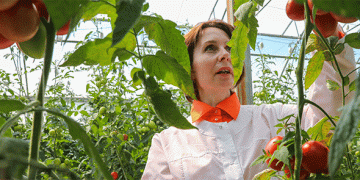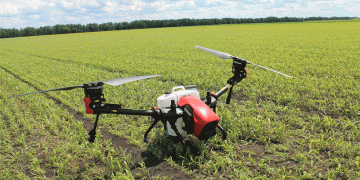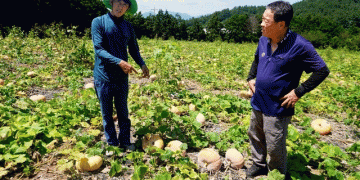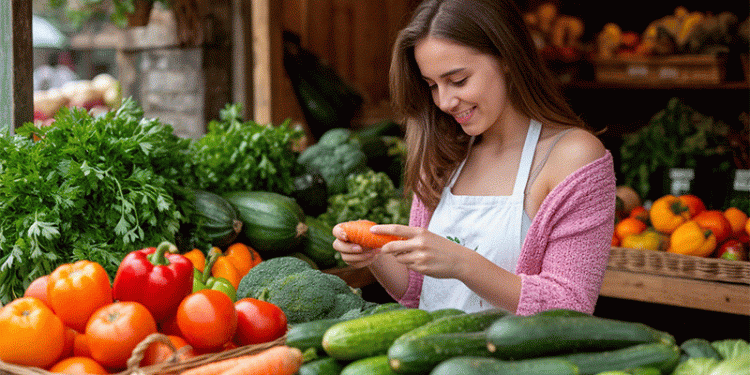The organic produce sector is demonstrating remarkable resilience and growth, significantly outperforming conventional produce in both dollar and volume sales according to the latest market data. Fresh Trends 2025 data reveals that while consumers remain budget-conscious, organic produce has become a priority purchase, particularly among younger demographics. This trend reflects a fundamental shift in consumer values toward health, sustainability, and premium food experiences even during economically challenging times.
The numbers tell a compelling story. According to Circana OmniMarket Integrated Fresh data for the 52 weeks ending April 20, 2025, organic produce dollar sales reached nearly $11.7 billion, representing an 8.5% increase from the previous year. Even more significantly, volume sales grew 5.6% to 4.1 billion pounds, indicating that this isn’t just price inflation but genuine increased consumption. This growth substantially outpaces conventional produce, which saw dollar sales increase by just 3.4% and volume sales by 3.6%.
The driver behind this surge is increasingly clear: younger consumers are fundamentally reshaping the produce landscape. The Packer’s Fresh Trends 2025 shows that Gen Z and millennial shoppers report buying organic produce more frequently than older generations, despite expressing greater budgetary concerns. This apparent contradiction highlights how these cohorts prioritize spending on what they perceive as essential for health and wellness. Jonna Parker, head of the Fresh Foods Client Insights Group for Circana, characterizes organic produce as an “affordable luxury” that aligns perfectly with contemporary shopping patterns of frequent, smaller trips where premium choices feel more justified.
This growth occurs within broader market trends. The global organic food market is projected to exceed $625 billion by 2030, growing at a CAGR of approximately 12%. What makes the current US produce data exceptional is that this expansion is happening alongside conventional options, suggesting market expansion rather than mere substitution. Parker notes that produce already represents the department where shoppers spend the least per item, making organic upgrades psychologically and financially accessible.
The robust growth of organic produce, particularly among younger consumers, signals more than a passing trend—it represents a permanent transformation of the food retail landscape. For farmers, agronomists, and agricultural engineers, these findings present both challenge and opportunity. The data suggests that investments in organic production methods, certification processes, and supply chain logistics for organic goods will likely yield increasing returns. Furthermore, understanding the “affordable luxury” mindset of younger shoppers is crucial for effective marketing and product positioning. As conventional produce growth remains modest, the organic sector appears poised to continue its remarkable expansion, driven by generational values that prioritize health, quality, and sustainability over purely price-based decisions.
